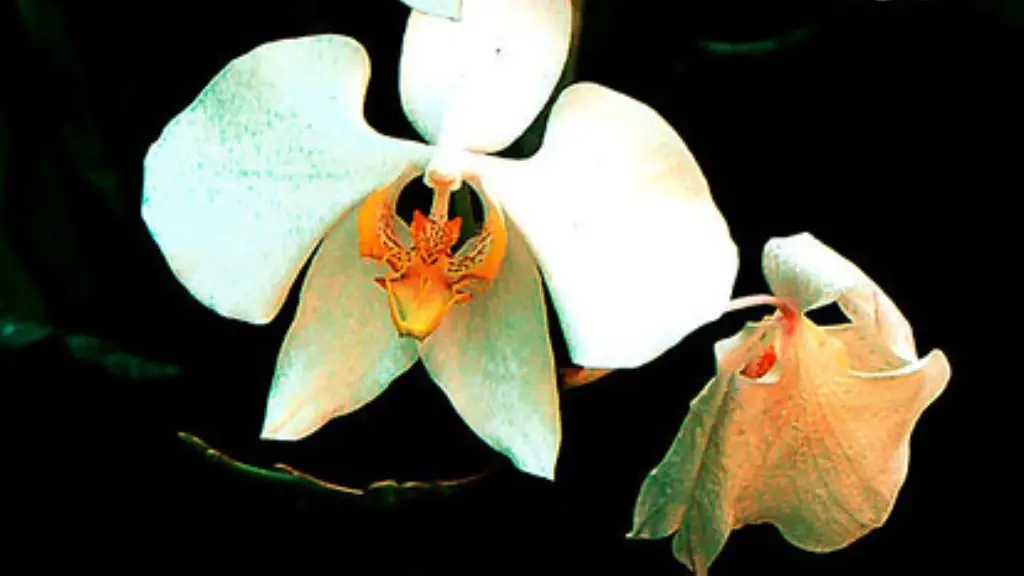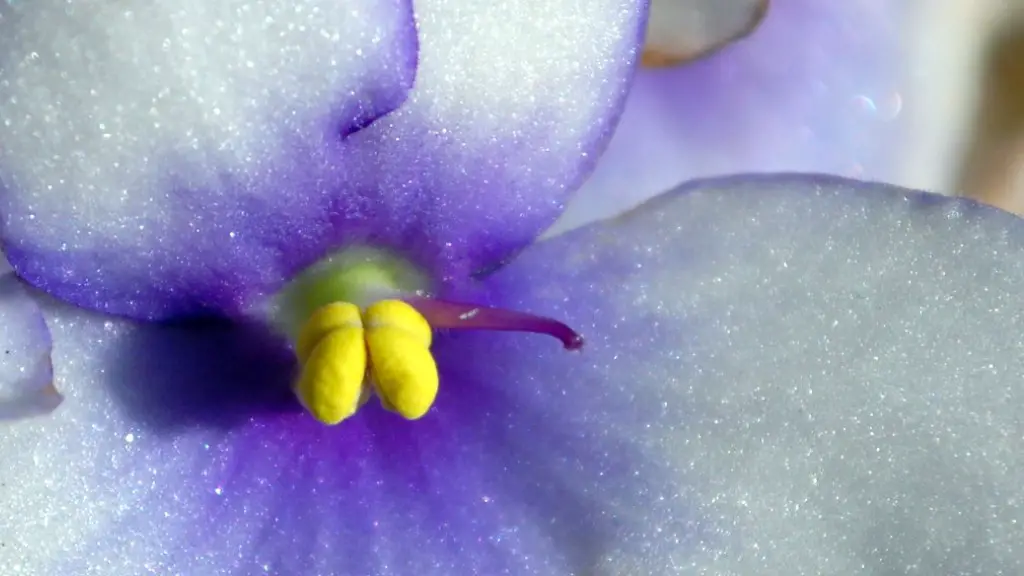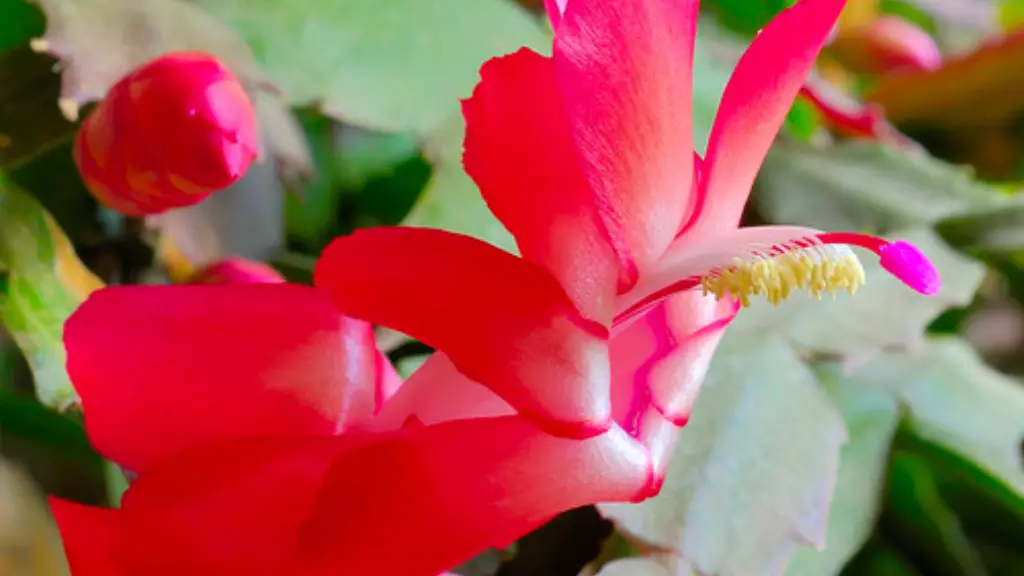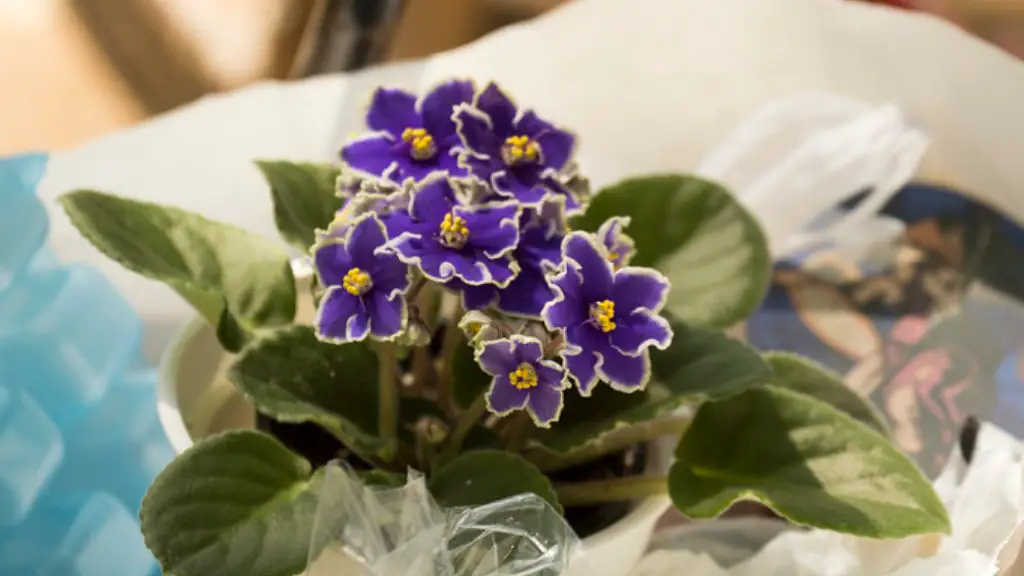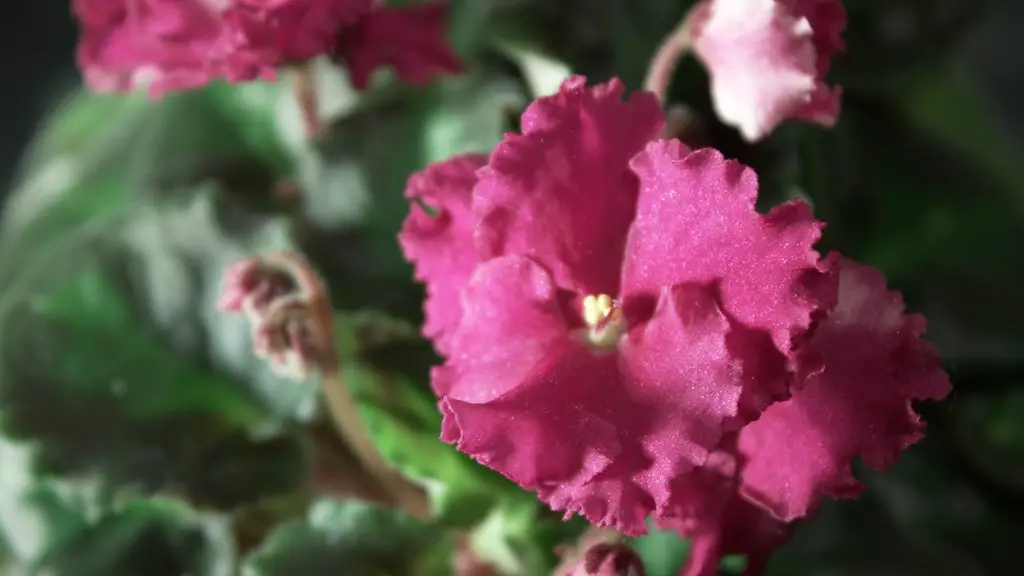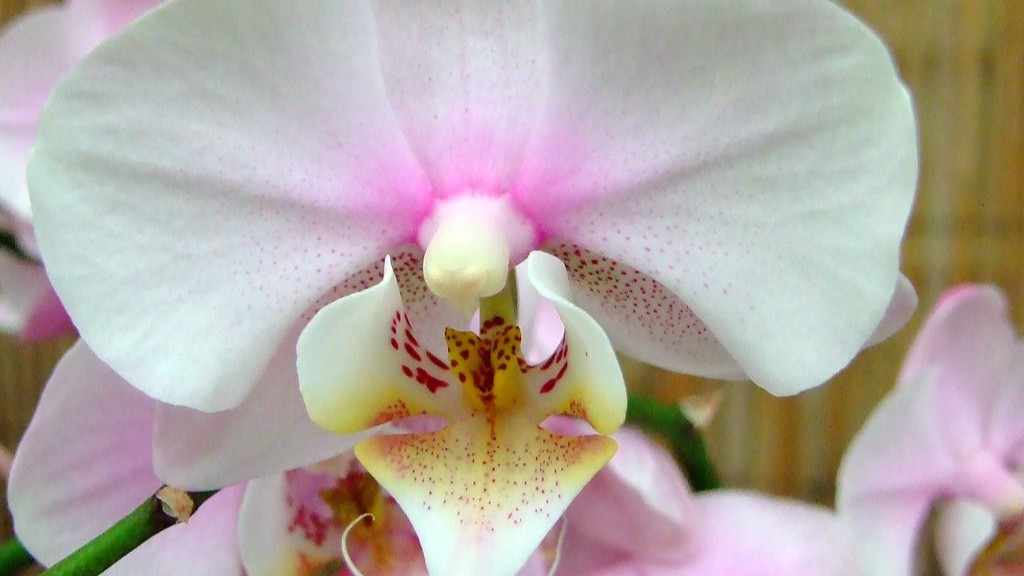Phalaenopsis orchids are native to tropical Asia and Austrailia and are one of the most popular types of orchids grown in the home. They are relatively easy to care for and can bloom for several months at a time. When planting a Phalaenopsis orchid, it is important to use a well-draining potting mix and to water the plant regularly. Follow these simple steps and you will be rewarded with beautiful blooms for years to come.
First, find a pot that is only slightly larger than the roots of your orchid. Clay pots are ideal because they help to keep the roots cool. Fill the pot with a well-drained potting mix, such as a mix specifically for orchids or a mix of bark, sphagnum moss, and perlite.
Next, water your orchid thoroughly. Place the orchid in the pot, and then fill in around the roots with more potting mix. Gently press the mix around the roots to secure the plant in the pot.
Finally, place the pot in a bright location, but not in direct sunlight. Water the plant weekly, making sure to allow the potting mix to dry out somewhat between watering.
What is the best potting mix for Phalaenopsis orchid?
If you’re looking to grow beautiful Phalaenopsis orchids, the experts at Texas A&M University recommend using a potting mix that is 80% fir bark and 20% coarse sphagnum peat. This combination provides the perfect balance of drainage and moisture retention, allowing the roots to thrive while preventing the plant from becoming waterlogged.
Phalaenopsis orchids are a beautiful and popular type of flower, but they are very finicky and need specific growing conditions to thrive. They appreciate warm temperatures and humidity, with bright, indirect sunlight, and their flowers can bloom for up to four months at a time. However, planting Phalaenopsis orchid roots in dirt is a quick way to destroy them; they need other types of potting material, such as bark chips or sphagnum moss, to survive.
How do you plant potted orchids
Orchids need good light but not direct sunlight, which could scorch them. These orchids also have aerial roots that need to be kept moist.
Orchid roots need a lot of air, so it’s important to find a potting mix that is porous. Direct sunlight should be avoided, as it can be too harsh for the roots. Some common types of orchids that thrive on bright light are Cattleya and Vanda, while low light is preferred by Phalaenopsis and Pahiopedilum, among others.
Can an orchid go in regular potting soil?
If you want to pot your orchid in soil, you’ll need to use a special type of soil that is light and airy. This soil will provide enough support for your orchid’s roots while still allowing them to get the air they need. You can usually find this type of soil at a nursery or garden center.
Orchids are beautiful, delicate flowers that are often associated with luxury and wealth. While they can be difficult to care for, they are definitely worth the effort! Most orchids prefer shallower, squat pots as their roots don’t like all the moisture retained in deep pots. They also don’t need the depth, as their roots spread out, not down. With the right care, your orchid will bloom beautifully for many years to come!
What is the best potting for orchids?
If you are looking to closely replicate how orchids grow in nature, woven plastic or fiber pots are the best option. These basketlike containers loosely hold orchid roots and potting media, allowing air and water to easily pass through. In humid environments, mesh pots are the best option to ensure plants do not dry out too quickly.
Fir and Monterey bark are the most commonly used potting media for orchids. They are long-lasting, porous, and free-draining. Clay pellets are commonly added to mixes to prevent compaction and add drainage. Must be leached as it absorbs salts.
Can orchids grow in pots without holes
Pots for growing orchids must have drainage holes or slits in the container to ensure your plant doesn’t get soggy, wet feet,” says Turner. Terra-cotta or plastic pots work best for orchids because they provide ample drainage. Be sure to choose a pot that is only slightly larger than the current pot so the roots have room to breath and expand.
Orchids need to be snug in their pot in order to thrive. The ratio of roots to potting mix should be about equal. If an orchid is put into a pot that is too big for it, the roots won’t be able to take up all the moisture from the potting mix and the mix will stay wet for too long. This can lead to problems with the orchid’s roots, so it’s important to choose a pot that is the right size.
What is the first thing to do when you bring an orchid home?
When purchasing an orchid, be sure to ask the store to wrap the plant to protect it from temperature extremes. Bring the plant home as soon as possible, and once at home, keep the orchid at 60-65⁰F at night and 70-85⁰F during the day. By following these simple tips, you can help ensure that your orchid will thrive.
Cut the orchid roots with a sharp knife, being careful not to damage the plant. Dust the roots with cinnamon or sulfur to disinfect them. Soak the orchid in a bucket of water for half an hour or so to loosen the potting medium and make the roots more flexible.
Can you repot orchids in Miracle Grow potting soil
Sphagnum moss and bark are usually used to pot orchids since they provide the plant with the right aeration and drainage. To repot an orchid in your own container, carefully tease the roots free from the potting material. Fill the new orchid pot halfway with Miracle-Gro Orchid Potting Mix Coarse Blend to provide the plant with the same aeration and drainage.
If your orchid is in bloom, wait until the blooming cycle is complete before repotting. Once the blooming cycle is over, your orchid will enter a resting period. During this time, keep an eye out for signs that your orchid has outgrown its current pot. If you see any of these signs, it’s time to repot your orchid.
Should orchid roots be exposed?
Orchids are a type of flower that can be notoriously difficult to grow. Many people think that a perlite/peat mix is the best way to grow them, as it is less likely to produce aerial roots than bark. However, it is important to note that either way, you should not cover the roots of the plant, as this can cause them to rot.
Orchids should generally be grown in bark or other light materials that offer good aeration and drainage. Soil is often too dense for orchids and can lead to problems with moisture retention.
Do orchids like clay or plastic pots
Plastic pots are cheap, light, and available in multiple sizes and colors. Many people prefer plastic over clay pots because they offer better water retention. Some orchids, however, prefer clay pots because they provide better drainage. Phalaenopsis orchids will thrive in nearly any container, so it is up to the grower to decide which type of pot is best for their plant.
Coffee grounds contain a lot of nutrients that plants can use, making them an excellent fertilizer. They’re especially good for orchids and African violets, which are both delicate plants that need a lot of care. If you have coffee grounds to spare, consider using them to fertilize your plants!
Final Words
1. Moisten the potting mix and fill the pot halfway.
2. Center the orchid in the pot and fill in around the roots with potting mix, tamping lightly.
3. Water the orchid well, making sure the potting mix is thoroughly moistened.
4. Place the orchid in a bright location, but out of direct sunlight.
5. Allow the potting mix to dry out slightly between watering.
When planting a phalaenopsis orchid, it is important to use a well-draining potting mix and to water the plant regularly. The plant will also need a moderate amount of light and humidity. With proper care, your orchid should bloom for many months.
